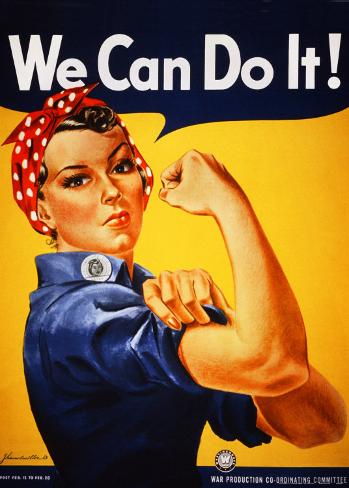Today in class we've discussed another important job regarding the American worker in U.S. History. The Cult of Domesticity created an ideology of the perfect house wife. Here are some depictions of what was expected of women while the husband was out earning the money.
Here we see the domestic house wife in charge of ironing, dishes, laundry, sewing, and cleaning the bathroom and kitchen. All of these tasks humorly done with a smile and a sense of gracefulness.
Here is a political cartoon over the suffrage movement
I found this cartoon funny, because as a domestic housewife, women may feel trapped in their homes.
Again, a cartoon depicting women expectations.
Cult of Domesticity Advertisement is shown below. The 'perfect' image of Mrs. Brown is shown as every other woman's desire in this illustration.
I found this Family Circus newspaper cartoon relevant to our Cult of Domesticity discussion in class. The daughter is seriously doubting her mother's ability to keep up with the housework, assuming she must have had a job her whole life.
Motherhood is considered by most as a full time job.
A "Woman's Job" includes:
Shopping
Ironing
Cleaning
Cooking
Raising the children to their respective roles
The good wife's guide includes:
Have dinner ready
Look good
Be happy and interesting.
Clear away the clutter just before your husband walks through the door.


































